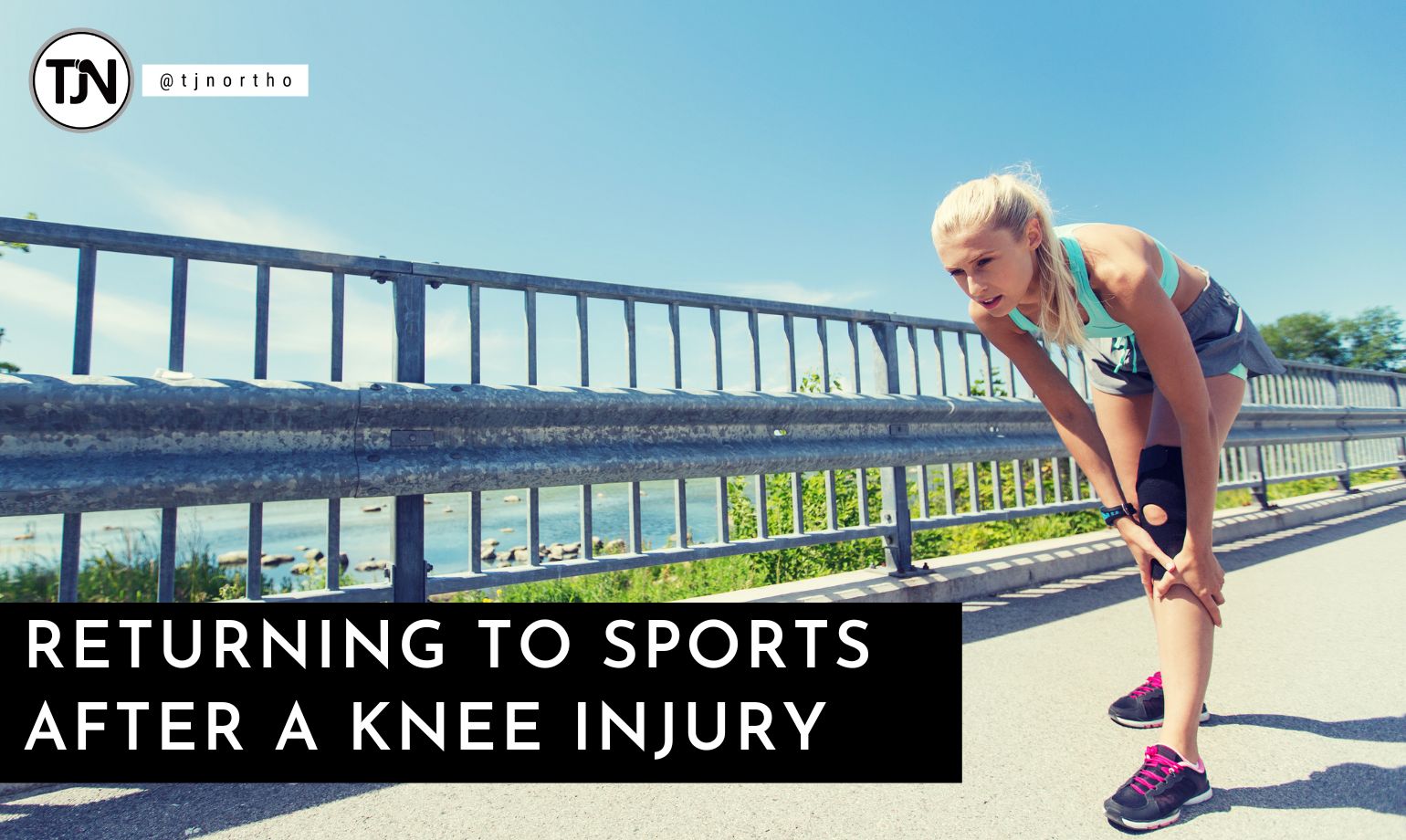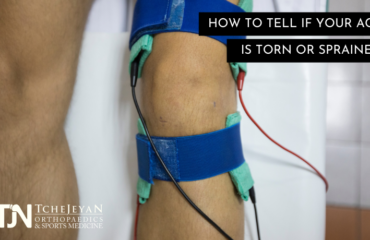In sports, injuries are an unfortunate but all too common occurrence. Among the most dreaded injuries are knee injuries because they can be particularly challenging to overcome. However, with the right approach and dedication, athletes can return to their beloved sports and continue pursuing their passion. The journey to recovery may differ based on the severity of the injury and the treatment received, but certain fundamental practices remain constant. Below is a general framework that can be used for guidance in returning to sports after a knee injury.
The biggest concern of athletes usually is whether they can return to their pre-injury level of performance after treatment. In many cases, it is possible. However, it will require dedication and discipline – including the discipline not to overdo things, which can be challenging for someone used to performing at a high level. After the initial treatment and rehabilitation, reconditioning the knee involves three phases: restoring strength and balance, restoring function, and maximizing strength and mobility.
Bear in mind that, depending upon the type of injury and treatment, the regimen will differ for every patient, and it is essential to follow the recommendations and advice of your physical therapist and healthcare provider. In pursuing recovery, it is crucial to refrain from reinjuring your knee or doing anything that could hinder full recovery by doing too much too quickly. Recovery takes time and effort.
1: Functional Balance and Core Strengthening
The initial recovery phase focuses on building a solid foundation for the subsequent stages. Here, the key goals are to enhance single-leg weight-bearing strength, improve symmetry in lower extremity running mechanics, enhance single-leg balance, and boost core stability. These objectives are achieved through exercises that rebuild strength and coordination, including:
- Lunges
- Single-leg squatting exercises
- Treadmill training with a mirror to monitor correct running mechanics and symmetry.
- Balance activities that involve working on various surfaces
During this phase, your physical therapist will likely set specific criteria to meet, including being able to balance on your injured leg for a certain period and bending and holding your injured knee at a certain angle for a given time without pain. Only when you have satisfactorily achieved a basic level of strength and mobility should you progress to the next stage.
2: Functional Strength
In this stage, you will focus on improving lower extremity muscles to enhance strength and balance when doing weight-bearing activities and movements that impact the knee. These exercises are more intense but necessary to rebuild functional strength and control and should be added to the basic strengthening exercises mentioned above. Exercises may include:
- High-intensity balance training activities that involve balancing on different surfaces while in motion.
- Perturbation training involves purposefully disrupting movement to test stability – essentially, exercises designed to determine if you can maintain your balance when something happens that might cause you to fall.
- Single-leg landing activities, in which you strengthen the injured knee and test the muscles needed for balance by jumping, running, and hopping exercises that cause an impact to the knee.
During all of these exercises, it is important to make sure that you are building up the muscles symmetrically. In other words, you want to make sure that, in rehabilitating your injured knee, you do not “favor” the injured knee or compensate for the injury by taking the pressure off of one leg and putting it on the other. Asymmetry can lead to other problems for the hips, knees, ankles, and back.
3: Power Stage
If you have successfully navigated your way through the first two stages, it is time to get your knee into condition to resume your former level of performance. This is like any other sports training, in which you are trying to reach peak power, endurance, and mechanics. It involves various plyometric exercises – exercises with short, explosive movements that focus on enhancing speed and power.
Returning to playing a favorite sport after a severe knee injury is a journey that demands patience, dedication, and a well-structured plan. The outline here can show you the basic framework, but your journey will be tailored to your situation. For maximum effectiveness, it is crucial that you follow the guidance of your physician and physical therapist. Their expertise and personalized instructions are invaluable in ensuring a safe and successful return to the sport you love.
The road to recovery after a knee injury may vary in length and complexity, but the fundamental rehabilitation principles are consistent. By following a structured approach, you can rebuild the strength and confidence to step back onto the field, court, or track.
If you have suffered a knee injury, consult the specialists at TJN Ortho. We can accurately diagnose your injury, recommend effective therapies, and get you on the road to recovery. Contact Tchejeyan Orthopaedics and Sports Medicine today to set up an appointment.




